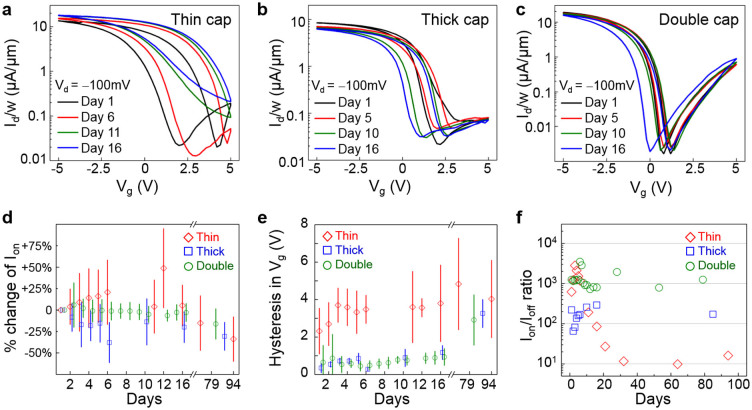Figure 4. Aging of black phosphorus FETs.
(a-c) Id-Vg plot of BP devices with various capping schemes. The drain voltage Vd = −100 mV for all measurements. (a) FETs with thin capping (5 nm ALD-deposited Al2O3) experienced significant degradation, such as reduced ON/OFF ratio and the increase of gate hysteresis. (b) Thick-cap devices (25 nm ALD Al2O3) showed less aging effect. (c) Devices with double-layer capping (25 nm ALD Al2O3 followed by spin-casting of DuPont Teflon-AF fluoropolymer) showed the least aging effect within the same duration. (d–e) Statistical analysis of BP FET devices with different capping methods. The mean values of thin-, thick-, and double-cap devices are presented as red diamonds, blue squares, and green circles, respectively. Vertical bars indicate the range of one standard deviation. (d) The change of ON current (Ion) with respect to the values at Day 1. (e) Hysteresis in Vg between forward and reverse sweeps. For the two performance metrics shown here, the thin-cap FETs exhibited the largest fluctuations and the best stability is obtained in devices with double-layer capping. (f) Ion/Ioff ratio of three selected devices. Thin capped device showed sharp degradation, resulting in Ion/Ioff ratio of ~10× after a month. In contrast, Ion/Ioff ratio of thick capped device was preserved to ~70% compared to Day 1. Double capped device showed the best preservation of Ion/Ioff ratio, with negligible change after 79 days. Initial mobility values of the three selected devices are ~200 cm2/V-s as shown in Supplementary Note 9.

